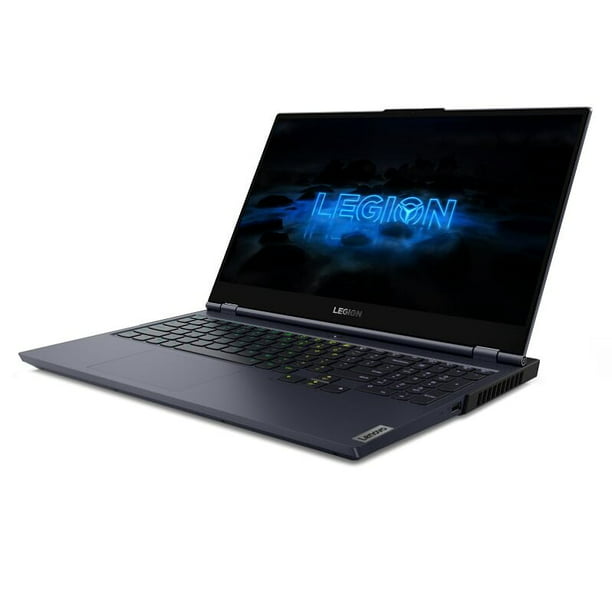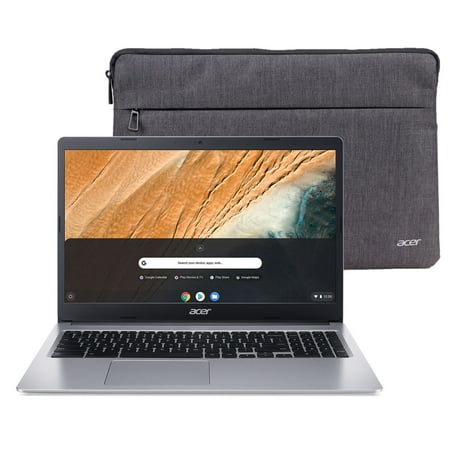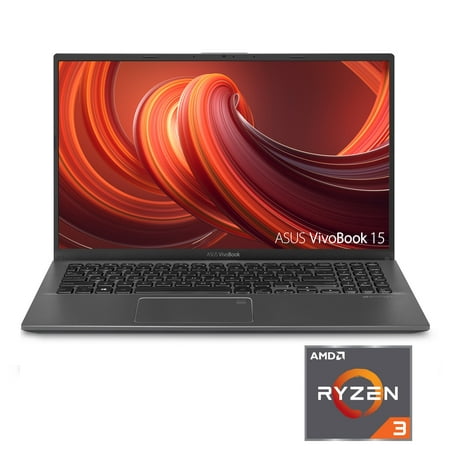HP 14, Intel Core i5-1035G1, 8GB RAM, 256GB SSD, DIGI CAMO Laptop
Windows 10 Home. 10th Generation Intel Core i5-1035G1. 14.0-inch diagonal, HD (1366 x 768), micro-edge, BrightView. 8 GB DDR4-2666 SDRAM (1 x 8 GB). 256 GB PCIe NVMe M.2 SSD. Intel UHD Graphics.
- Operating system: Windows 10 Home
- Processor: 10th Generation Intel Core i5-1035G1
- Display: 14.0-inch diagonal, HD (1366 x 768), micro-edge, BrightView
- Memory: 8 GB DDR4-2666 SDRAM (1 x 8 GB)
- Internal storage: 256 GB PCIe NVMe M.2 SSD
- Graphics: Intel UHD Graphics
- Battery life: Up to 7 hours and 30 minutes (mixed usage) Up to 10 hours and 15 minutes (video playback) Up to 8 hours and 15 minutes (wireless streaming)
- Camera: HP True Vision 720p HD camera with integrated dual array digital microphones
- Product weight: 3.24 lb
- Free Upgrade to Windows 11 when available (see below)
Additional information
| Manufacturer Part Number | 15J22UA#ABA |
|---|---|
| Model | 14-dq1088wm |
| Assembled Product Dimensions (L x W x H) | 22.00 x 4.00 x 14.00 Inches |
Fourteen or 14 may refer to:
- 14 (number), the natural number following 13 and preceding 15
- one of the years 14 BC, AD 14, 1914, 2014
CAMO, short for Club Aquatique de Montreal (French: [klyb akatik də mɔ̃ʁeal]), is a swim club based in Montreal, Quebec, Canada's Complexe sportif Claude-Robillard.
CAMO operates in three areas: swimming, diving, and water polo however, CAMO has had the greatest success in diving.
Intel Corporation is an American multinational corporation and technology company headquartered in Santa Clara, California, and incorporated in Delaware. Intel designs, manufactures, and sells computer components and related products for business and consumer markets. It is considered one of the world's largest semiconductor chip manufacturers by revenue and ranked in the Fortune 500 list of the largest United States corporations by revenue for nearly a decade, from 2007 to 2016 fiscal years, until it was removed from the ranking in 2018. In 2020, it was reinstated and ranked 45th, being the 7th-largest technology company in the ranking.
Intel supplies microprocessors for most manufacturers of computer systems, and is one of the developers of the x86 series of instruction sets found in most personal computers (PCs). It also manufactures chipsets, network interface controllers, flash memory, graphics processing units (GPUs), field-programmable gate arrays (FPGAs), and other devices related to communications and computing. Intel has a strong presence in the high-performance general-purpose and gaming PC market with its Intel Core line of CPUs, whose high-end models are among the fastest consumer CPUs, as well as its Intel Arc series of GPUs. The Open Source Technology Center at Intel hosts PowerTOP and LatencyTOP, and supports other open source projects such as Wayland, Mesa, Threading Building Blocks (TBB), and Xen.
Intel (Integrated electronics) was founded on July 18, 1968, by semiconductor pioneers Gordon Moore (of Moore's law) and Robert Noyce, along with investor Arthur Rock, and is associated with the executive leadership and vision of Andrew Grove. The company was a key component of the rise of Silicon Valley as a high-tech center, as well as being an early developer of SRAM and DRAM memory chips, which represented the majority of its business until 1981. Although Intel created the world's first commercial microprocessor chip—the Intel 4004—in 1971, it was not until the success of the PC in the early 1990s that this became its primary business.
During the 1990s, the partnership between Microsoft Windows and Intel, known as "Wintel", became instrumental in shaping the PC landscape and solidified Intel's position on the market. As a result, Intel invested heavily in new microprocessor designs in the mid to late 1990s, fostering the rapid growth of the computer industry. During this period, it became the dominant supplier of PC microprocessors, with a market share of 90%, and was known for aggressive and anti-competitive tactics in defense of its market position, particularly against AMD, as well as a struggle with Microsoft for control over the direction of the PC industry.
Since the 2000s and especially since the late 2010s, Intel has faced increasing competition, which has led to a reduction in Intel's dominance and market share in the PC market. Nevertheless, with a 68.4% market share as of 2023, Intel still leads the x86 market by a wide margin. In addition, Intel's ability to design and manufacture its own chips is considered a rarity in the semiconductor industry, as most chip designers do not have their own production facilities and instead rely on contract manufacturers (e.g. AMD and Nvidia).
A laptop computer or notebook computer, also known as a laptop or notebook, is a small, portable personal computer (PC). Laptops typically have a clamshell form factor with a flat-panel screen on the inside of the upper lid and an alphanumeric keyboard and pointing device on the inside of the lower lid. Most of the computer's internal hardware is fitted inside the lower lid enclosure under the keyboard, although many modern laptops have a built-in webcam at the top of the screen, and some even feature a touchscreen display. In most cases, unlike tablet computers which run on mobile operating systems, laptops tend to run on desktop operating systems, which were originally developed for desktop computers.
Laptops can run on both AC power and rechargable battery packs and can be folded shut for convenient storage and transportation, making them suitable for mobile use. Laptops are used in a variety of settings, such as at work (especially on business trips), in education, for playing games, web browsing, for personal multimedia, and for general home computer use.
The word laptop, modeled after the term desktop (as in desktop computer), refers to the fact that the computer can be practically placed on the user's lap; while the word notebook refers to most laptops sharing a form factor with paper notebooks. As of 2024, in American English, the terms laptop and notebook are used interchangeably; in other dialects of English, one or the other may be preferred. The term notebook originally referred to a type of portable computer that was smaller and lighter than mainstream laptops of the time, but has since come to mean the same thing and no longer refers to any specific size.
Laptops combine many of the input/output components and capabilities of a desktop computer into a single unit, including a display screen (usually 11–17 in or 280–430 mm in diagonal size), small speakers, a keyboard, and a pointing device (namely compact ones such as touchpads or pointing sticks). Most modern laptops include a built-in webcam and microphone, and many also have touchscreens. Hardware specifications may vary significantly between different types, models, and price points.
Design elements, form factors, and construction can also vary significantly between models depending on the intended use. Examples of specialized models of laptops include 2-in-1 laptops, with keyboards that either be detached or pivoted out of view from the display (often marketed having a "laptop mode"); rugged laptops, for use in construction or military applications; and low-production-cost laptops such as those from the One Laptop per Child (OLPC) organization, which incorporate features like solar charging and semi-flexible components not found on most laptop computers. Portable computers, which later developed into modern laptops, were originally considered to be a small niche market, mostly for specialized field applications, such as in the military, for accountants, or traveling sales representatives. As portable computers evolved into modern laptops, they became widely used for a variety of purposes.






by Lee
This is an excellent computer. It has a very slim profile and it is extremely lightweight. I really like the fact that the numbers are at the top of the keyboard and not at the side on a separate keypad. My typing is well centered and I am able to type out my thoughts very quickly. It also has a very clear digital display and the processor works very efficiently.
by Alan
It’s a pretty good laptop my boy. This has to be the best laptop I’ve ever had.
by Eric
I have been looking for a while for a laptop that has the specs to use with my ham radio programs. I wanted one that will program radios, use Winlink communications as well as EchoLink. This HP fit the bill perfectly. I have been using it for a couple of weeks now and works great. The battery seems to last forever. Great purchase!